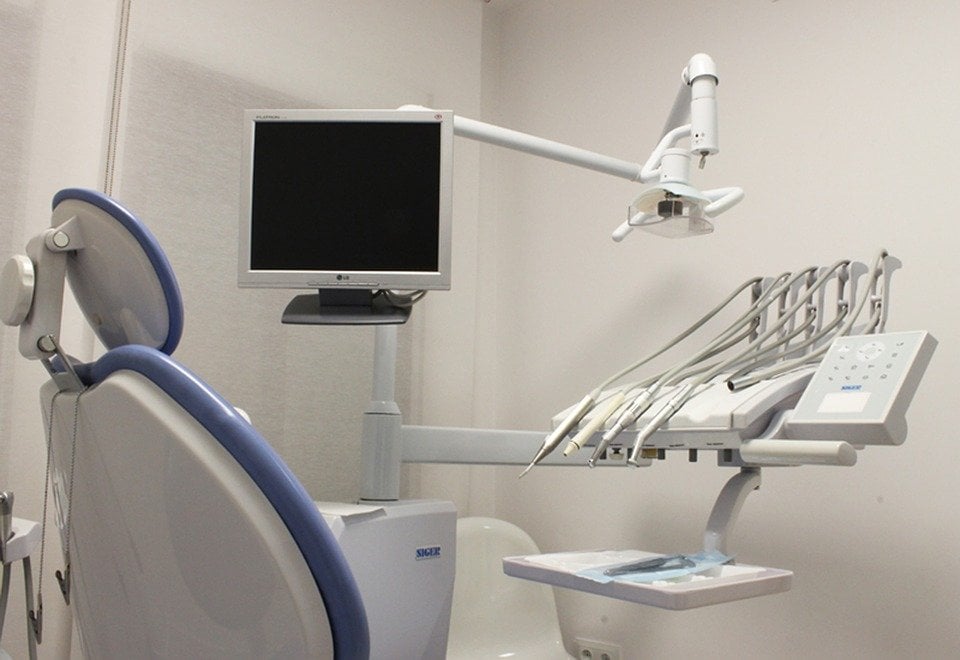
Dentistry, a field as old as the history of human civilization, has continually evolved to incorporate technological advancements, improving the efficacy, comfort, and outcomes of dental treatments; the introduction and refinement of laser drills stand out as a revolutionary leap forward. This innovation is not just a testament to the ingenuity of modern dentistry but a beacon guiding the future of dental care towards less invasive, more precise, and patient-friendly procedures.
The Evolution of Dental Drills
Traditionally, dental drills have been an indispensable tool in a dentist’s arsenal, used for removing decay, shaping tooth structure before the placement of a filling, and many other applications. However, despite advancements in drill technology, the discomfort, noise, and vibration associated with dental drilling have remained significant sources of patient anxiety and discomfort. In this context, laser drills have emerged as a groundbreaking alternative, offering a quieter, less invasive, and often pain-free experience.
Conversations on Laser Dentistry
In seeking firsthand insights into the practical benefits and potential of laser drills in dentistry, one might find engaging with dental professionals at the forefront of adopting this technology enlightening. During a recent visit, we talked to my Somerville dentist, who has embraced laser technology in their practices. They highlighted how laser drills have enhanced the precision of dental procedures and significantly reduced patient anxiety and recovery time, which underscores the transformative impact of laser in dental care.
The Mechanism of Laser Drills
Laser drills utilize focused light beams to remove or shape tissue. The lasers used in dentistry are specially designed to interact with the oral tissue in specific ways, allowing dentists to target the treatment area with remarkable precision while minimizing damage to surrounding tissues. This level of control is unparalleled in traditional mechanical drilling and represents a leap forward in conserving healthy tooth structures during cavity removal, crown preparation, and other procedures.
Benefits of Laser Drills in Dentistry
The advantages of laser drills extend beyond the reduction of patient discomfort. This section delves into the myriad ways laser technology is reshaping the landscape of dental treatment.
- Enhanced Precision and Tissue Preservation: Laser drills offer a level of accuracy that mechanical drills cannot match. This precision enables dentists to remove decayed tissue without affecting the surrounding healthy tooth structure, preserving more of the natural tooth. Such conservation is crucial for the long-term health and stability of the tooth.
- Reduced Anxiety and Discomfort: The absence of the noise, vibration, and pressure typically associated with traditional drilling can significantly alleviate patient anxiety. Many patients report a more comfortable experience with laser treatment, which can benefit those with dental phobias.
- Minimal Bleeding and Swelling: Lasers cauterize as they cut, which reduces bleeding during procedures like gum reshaping and enhances patient comfort during and after the treatment. The reduced trauma to the tissue also minimizes swelling and discomfort post-procedure, facilitating a quicker and less painful recovery.
- Lower Risk of Infection: The sterilizing effect of the laser beam reduces the risk of infection by killing bacteria at the procedure site. This aspect of laser dentistry is especially beneficial in treatments that involve the gums or areas of the mouth where bacteria are prevalent.
- Enhanced Bonding and Fillings: The precision of laser drills allows for better shaping of the cavity for fillings, leading to stronger bonds between the filling material and the tooth. This precision can result in more durable and longer-lasting restorations than those prepared with traditional drills.
- Streamlining Dental Procedures: The efficiency and speed at which lasers can operate not only reduces the time patients spend in the dental chair but also enhances the workflow for dental professionals. This efficiency is especially evident in complex procedures, where the precision of the laser can significantly cut down on the time required for preparation and execution. As a result, dental practices can offer a higher standard of care, with the added benefit of accommodating more patients.
Applications Beyond Drilling
Laser technology in dentistry is not limited to removing decay or preparing teeth for fillings. It also includes applications like gum reshaping, biopsies, and even periodontal disease treatment. Lasers can remove diseased gum tissue with minimal discomfort, stimulate tissue regeneration, and reduce pockets in periodontal disease.
Looking Towards the Future
As we continue to explore the benefits of laser drills in dentistry, it’s clear that this technology is not just a passing trend but a fundamental shift in how dental care is delivered. The advantages of laser dentistry extend beyond the operational efficiencies they bring to dental practices. They signify a paradigm shift in patient care, emphasizing comfort, precision, and a holistic approach to dental health.
Final Thoughts
The ongoing research and development in laser technology promises even greater advancements in dental care. Future innovations may offer more versatile laser tools capable of performing a wider range of dental procedures with even greater efficiency and minimal discomfort. As dental professionals continue to adopt and refine laser drills, the potential for further improving patient outcomes and experiences is vast.